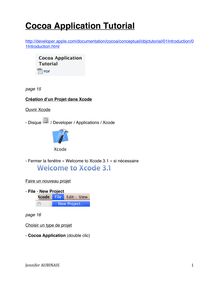#converter

Documents
INTRODUCTION Three different configurations that an L6561 based flyback converter can assume have been identified They are illustrated in fig Configurations a and b are basically conventional flyback converters The former works in TM Transi tion Mode i e on the boundarybetween continuous and discontinuous inductor current mode therefore at a frequency depending on both input voltage and output current The latter works at a fixed frequency imposed by the synchronisation signal and is there fore completely equivalent to a flyback converter based on a standard PWM controller Configuration c which most exploits the aptitude of the L6561 for performing power factor correction works in TM too but quite differently: the input ca pacitance is so small that the input voltage is very close to a rectified sinusoid Besides the control loop has a narrow bandwidth so as to be little sensitive to the twice mains frequency ripple appearing at the output
Claudio Adragna

Documents
Corrigés de devoir
INTRODUCTION Three different configurations that an L6561 based flyback converter can assume have been identified They are illustrated in fig Configurations a and b are basically conventional flyback converters The former works in TM Transi tion Mode i e on the boundarybetween continuous and discontinuous inductor current mode therefore at a frequency depending on both input voltage and output current The latter works at a fixed frequency imposed by the synchronisation signal and is there fore completely equivalent to a flyback converter based on a standard PWM controller Configuration c which most exploits the aptitude of the L6561 for performing power factor correction works in TM too but quite differently: the input ca pacitance is so small that the input voltage is very close to a rectified sinusoid Besides the control loop has a narrow bandwidth so as to be little sensitive to the twice mains frequency ripple appearing at the output
Claudio Adragna
20 pages
English
Collection
{{collectionTitle}}
Collection
{{collectionTitle}}
Collection
{{collectionTitle}}
{{productCategoryLabel}}
{{productTitle}}
{{productAuthors}}
{{productCategoryLabel}}
{{productThemeLabel}}
{{productTitle}}
{{productAuthors}}
{{productPages}}
{{productLanguageIsoCode}}





